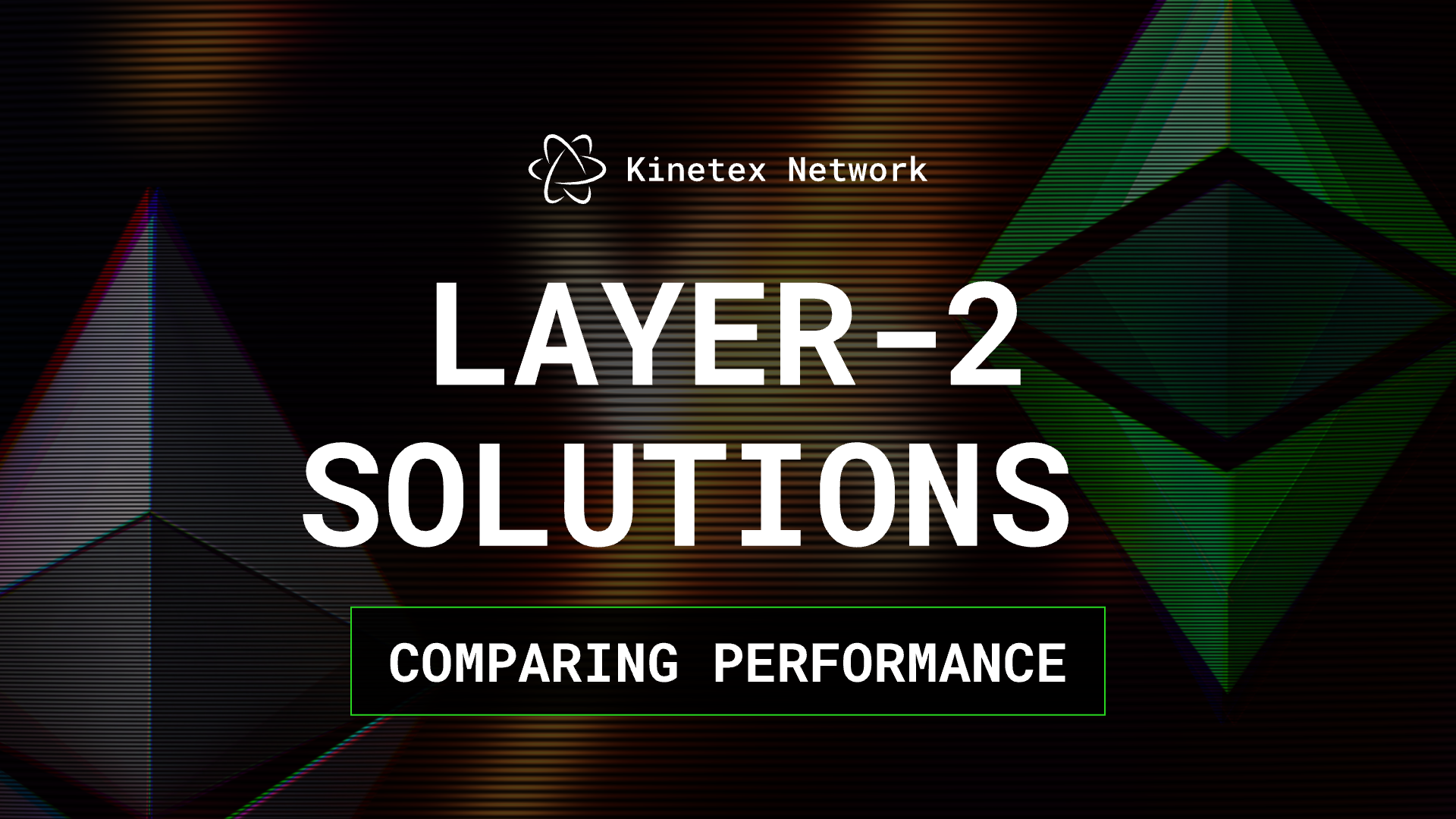Dubai, UAE, 8th September 2024, Ethereum (ETH) and Ethereum Classic (ETC) are frequently likened due to their shared history, similar names, and widely discussed separation of ways after the 2016 DAO hack. Because both networks encounter scalability issues, with ETC to a lesser degree for now, layer-2 solutions (L2) have become a pressing topic for both communities. Let’s delve into it.

The History Behind
Ethereum and Ethereum Classic have a joint origin, both stemming from the initial Ethereum platform. The rift within that platform occurred due to an infamous event referred to as the DAO hack. The DAO, one of the most notable crowdfunding campaigns in crypto history, raised an immense amount of ETH that was later stolen due to a flaw in the code. The latter caused severe disagreements within the Ethereum community and eventually resulted in a hard fork in the Ethereum blockchain. The new chain, which reverted to its state before the DAO attack, kept the original name, while the unreverted version continued its operation and was rebranded as Ethereum Classic.
Both chains initially employed the Proof-of-Work (PoW) consensus mechanism, with Ethereum moving to the Proof-of-Stake (PoS) one later. While this decision helped to improve scalability, it was not a sufficient solution in the long term. So, it is unsurprising that these two blockchains have been actively exploring L2 solutions. Such solutions are developed on top of any blockchain, called layer 1, to enhance its performance.
Ethereum’s L2 Solutions
Ethereum has gained widespread adoption as a blockchain network, renowned for its vibrant ecosystem of dApps, DeFi platforms, and aspiring developers who choose Ethereum as a base for their products and services. Therefore, the question of enhancing scalability has been especially pressing for Ethereum compared to other chains. The introduction of Ethereum 2.0 represented a major milestone in the network’s evolution. This upgrade includes the implementation of the PoS approach mentioned above.
Some may argue that Ethereum has led the way in developing and implementing a variety of layer-2 solutions, such as rollups, state chains, sidechains, and nested blockchains. All those solutions are aimed at handling thousands of transactions per second, opening a door for fresh opportunities to expand the Ethereum landscape.
Another major challenge Ethereum faces is gas costs. This issue persists even after PoS adoption, negatively affecting user experience when swapping ETH. L2 solutions play a crucial role in solving this issue by moving transactions off-chain and thus significantly reducing fees. This fee reduction enhances the accessibility of the Ethereum network, making it more cost-effective for a broader range of users and applications to participate in the ecosystem.
One of the downsides of many of Ethereum’s L2 solutions is trust. While many crypto enthusiasts do believe in this blockchain, which is evident from its popularity, they are not so keen on L2 solutions, treating them with caution. And rightfully so. While Ethereum may be robust, such solutions may become its weak points if they are less thoroughly designed and audited and, therefore, more vulnerable to hacks. Consequently, it becomes a significant area for L2 builders.
Ethereum Classic’s L2 Solutions
Ethereum Classic is a much smaller blockchain, ranked thirtieth according to its market cap at the time of writing. Although it has fewer L2 solutions than Ethereum, it has enthusiasts eager to make this chain more efficient and scalable without compromising its security.
As mentioned above, ETC’s security is supported by its dedication to the PoW consensus mechanism and immutability, which has established a strong foundation for solutions and products. However, the limited creation and adoption of L2 solutions also means there might have been fewer improvements in scalability compared to Ethereum.
When it comes to cost efficiency, ETC transactions are usually cheaper than Ethereum due to lower network congestion. However, the development of L2 solutions has the potential to decrease transaction expenses even further.
One disadvantage of the Ethereum Classic that is linked to the L2 solutions is the size of its community. Since it is less prevalent than Ethereum, there is far less activity and liquidity. Consequently, there is far less motivation to choose this network for developing new solutions, including L2s. In addition, while ETC has good interoperability with Ethereum’s apps and tools, it may backfire, drawing potential users and builders to ETC’s biggest competitor instead.
Conclusion
Both Ethereum and Ethereum Classic are focusing on implementing layer-2 solutions to address their scalability challenges. Although Ethereum is taking the lead in this and other regards, Ethereum Classic continues to grow and develop, not giving up the chance to give good competition to its rival. No matter the result of this rivalry, both networks will gain from improved scalability, ultimately making blockchain technology more accessible and efficient for users worldwide.
Kinetex Network: Website | Kinetex dApp | Blog
Information contained on this page is provided by an independent third-party content provider. Binary News Network and this Site make no warranties or representations in connection therewith. If you are affiliated with this page and would like it removed please contact [email protected]













